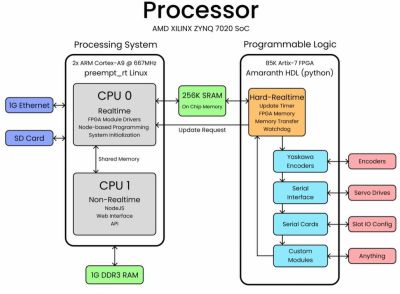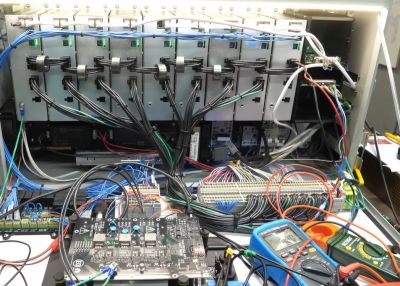It takes quite a bit of effort to get a 0 out of 10 repairability score from iFixit, but in-ears like Apple’s AirPods are well on course for a clean streak there, with the AirPod Pro 3 making an abysmal showing in their vitriolic teardown video alongside their summary article. The conclusion is that while they are really well-engineered devices with a good feature set, the moment the battery wears out it is effectively e-waste. The inability to open them without causing at least some level of cosmetic damage is bad, and that’s before trying to glue the device back together. Never mind effecting any repairs beyond this.
Worse is that this glued-together nightmare continues with the charging case. Although you’d expect to be able to disassemble this case for a battery swap, it too is glued shut to the point where a non-destructive entry is basically impossible. As iFixit rightfully points out, there are plenty of examples of how to do it better, like the Fairbuds in-ears. We have seen other in-ears in the past that can have some maintenance performed without having to resort to violence, which makes Apple’s decisions here seem to be on purpose.
Although in the comments to the video there seem to be plenty of happy AirPod users for whom the expected 2-3 year lifespan is no objection, it’s clear that the AirPods are still getting zero love from the iFixit folk.
Continue reading “Apple’s Continuing Failing Repair Score With The AirPods Pro 3”





















